Robin Williams' California Home Where He Died at Age 63 Is on the Market for $7.25M
Robin Williams’s home in the San Francisco Bay area has hit the market for $7.25 million, PEOPLE can confirm.
The six-bedroom, six-and-a-half bathroom estate is located in Tiburon, California, and is listed with Penny Wright-Mulligan and Haley Wright of Compass. Set on a double lot along the water, the late Good Will Hunting actor lived in the Mediterranean-style mansion until his death by suicide at age 63. He was found dead in the home after police responded to a 911 call.
Following his death, a heated legal battle over the property began in December 2014, when his widow, Susan Schneider Williams, claimed that she was not receiving enough money from the actor’s estate to maintain the Tiburon, California home she shared with him before his death.
Williams’ children, Zachary, Zelda and Cody, had said that their stepmother was “adding insult to a terrible injury” by trying to change the trust and that they were “heartbroken” that she had “acted against his wishes by challenging the plans he so carefully made for his estate.”
The dispute was settled out of court in October 2015.
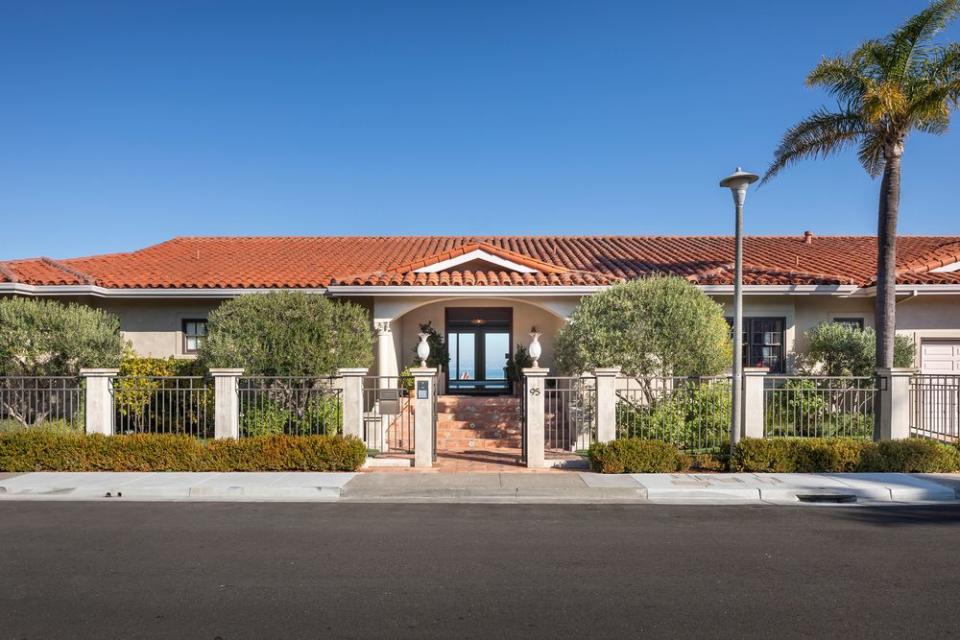
RELATED: Katie Holmes Has Listed Her Tudor-Style Calabasas Estate for $4.625M
According to the listing, the 6,500-square-foot, single-level home is ideal for those who desire indoor-outdoor living, with direct access to the Bay out back as well as a pool and ample space for entertaining.

Inside, the right side of the home houses the living room, dining room, eat-in kitchen and customized media room.
Built in 1987 and remodeled in 2000, the interior is modern and luxurious, with 10-foot ceilings and expansive windows that give the space an airy, open feel.
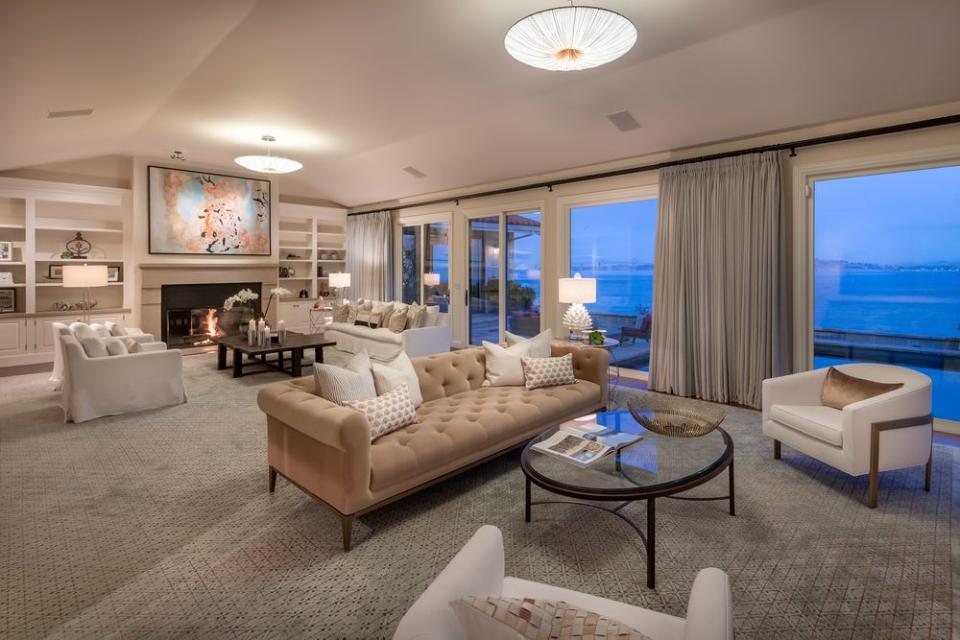
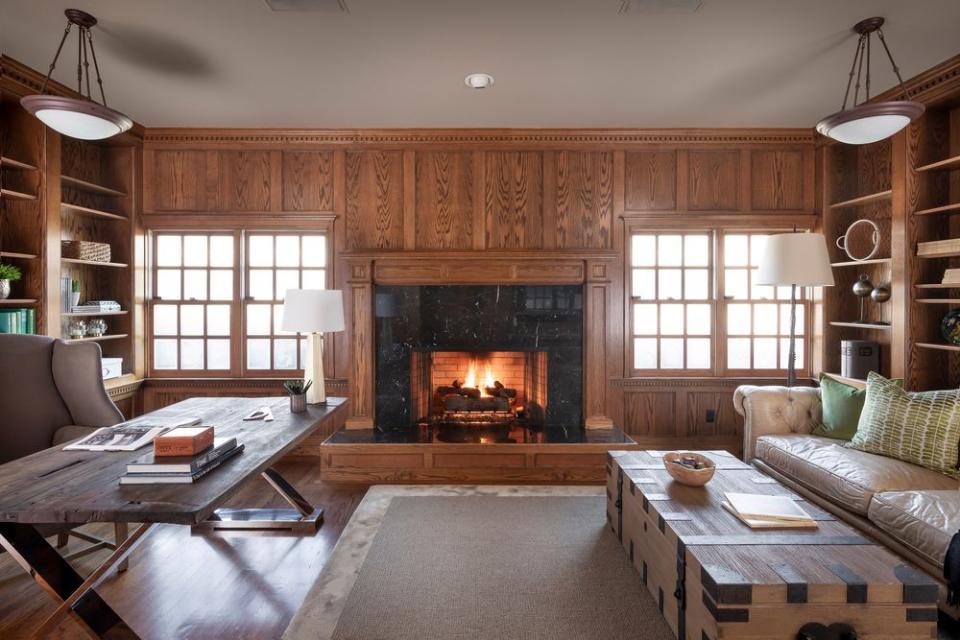

RELATED: The Famous Comedy Crash Pad that Housed Robin Williams and More Stand-Up Legends Is for Sale
An expansive master suite has direct access to the back deck, and features two walk-in closets, a private study and a massive ensuite bathroom. The other bedrooms in the house also feature ensuite bathrooms, and one includes built-in bunk beds.
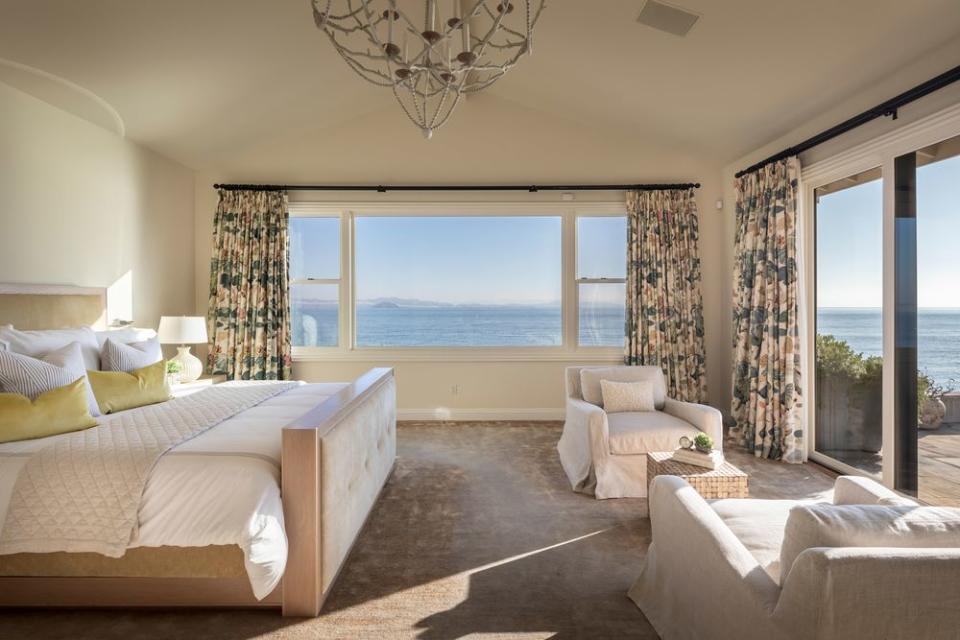
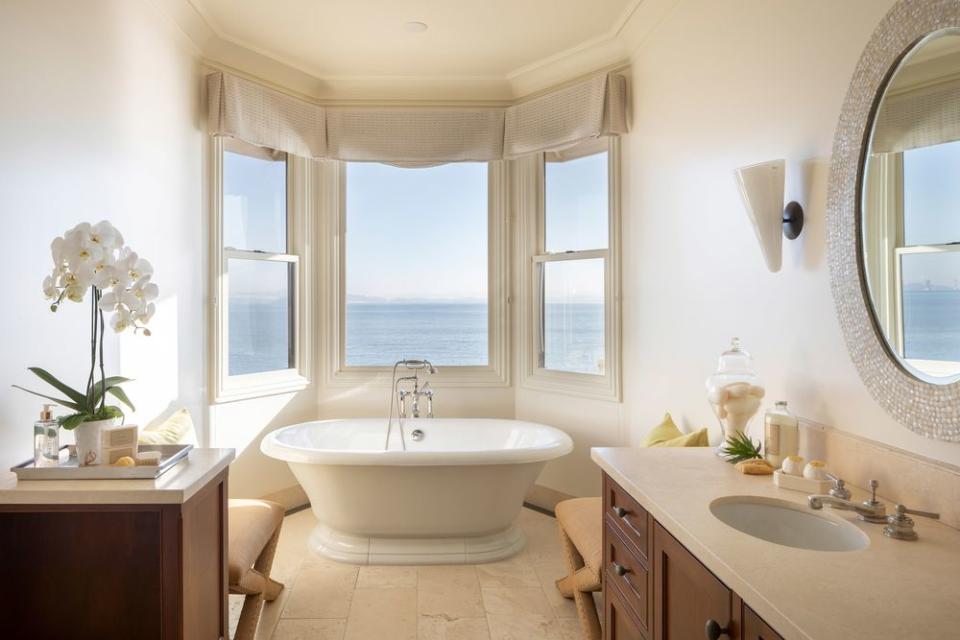
Williams died in August 2014. At the time, his rep issued a statement that the actor “passed away [Monday] morning. He had been battling severe depression of late. This is a tragic and sudden loss. The family respectfully asks for their privacy as they grieve during this very difficult time.”
The prolific star checked himself into rehab in early July after battling alcohol and drug addiction throughout his life. The Oscar winner was said to be particularly private about his personal struggles, never really letting his family know the pain he was going through.

“This morning, I lost my husband and my best friend, while the world lost one of its most beloved artists and beautiful human beings. I am utterly heartbroken,” his wife Susan Schneider Williams said in a statement.
RELATED VIDEO: Robin Williams’ Youngest Son Gets Married on His Late Father’s Birthday
In an interview with PEOPLE shortly after her husband’s death, Schneider Williams shared that “it was not depression that killed Robin” but rather a disorder called Diffuse Lewy Body Dementia (LBD), which causes fluctuations in mental status, hallucinations and impairment of motor function — a diagnosis the doctors were able to pinpoint only after an autopsy. LBD is the second-most common type of progressive dementia, after Alzheimer’s disease.
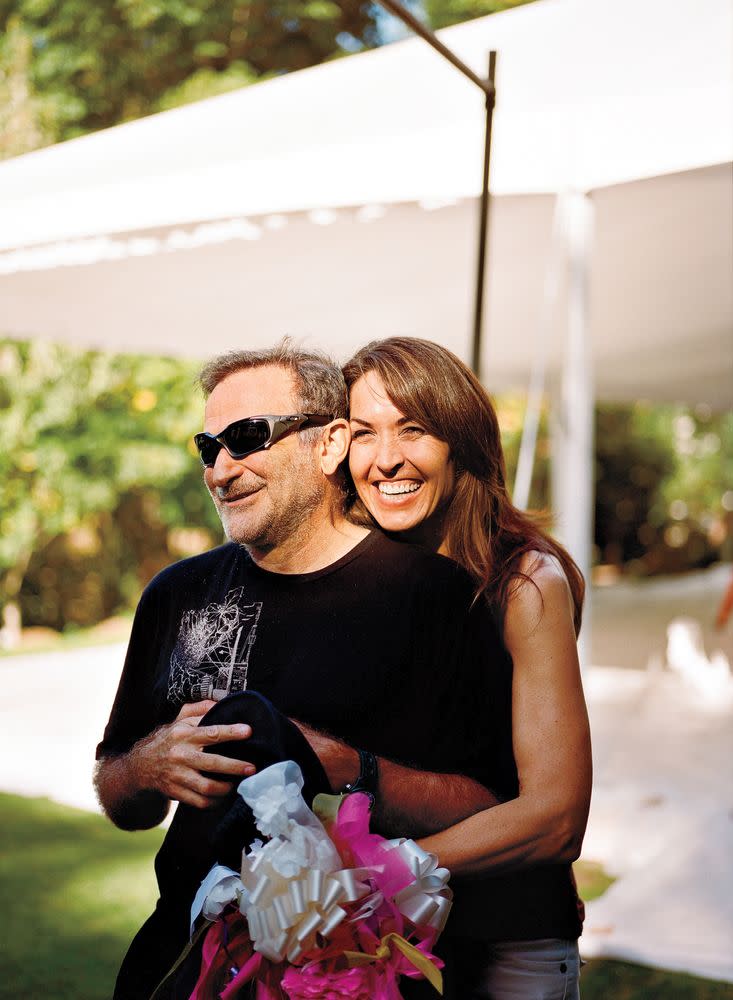
Schneider Williams explained that in the months leading up to his death, Williams’s symptoms — which included heightened levels of anxiety, delusions and impaired movement — worsened.
“I know now the doctors, the whole team was doing exactly the right things,” Schneider Williams said. “It’s just that this disease was faster than us and bigger than us. We would have gotten there eventually.”

